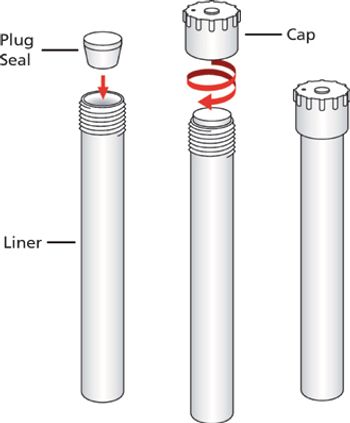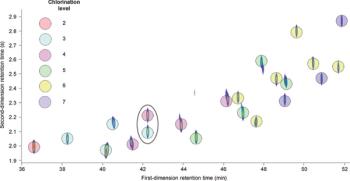
This study demonstrates that GC–TOF-MS can be a useful approach to generate comprehensive fragrance profiles of essential oils. Peak deconvolution enables discrimination between closely eluted compounds, and soft electron ionization, assisted by comparison of ion ratios, makes it possible to discriminate between isomeric monoterpenes with very similar mass spectra at conventional 70-eV ionization energies.












